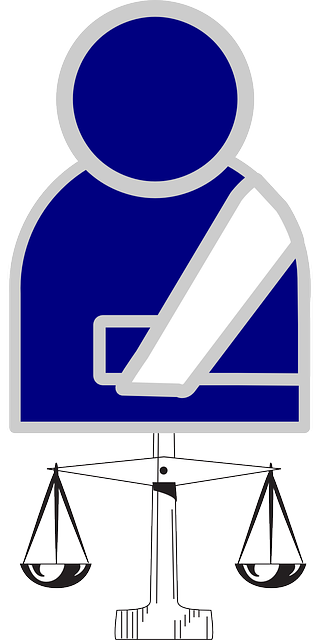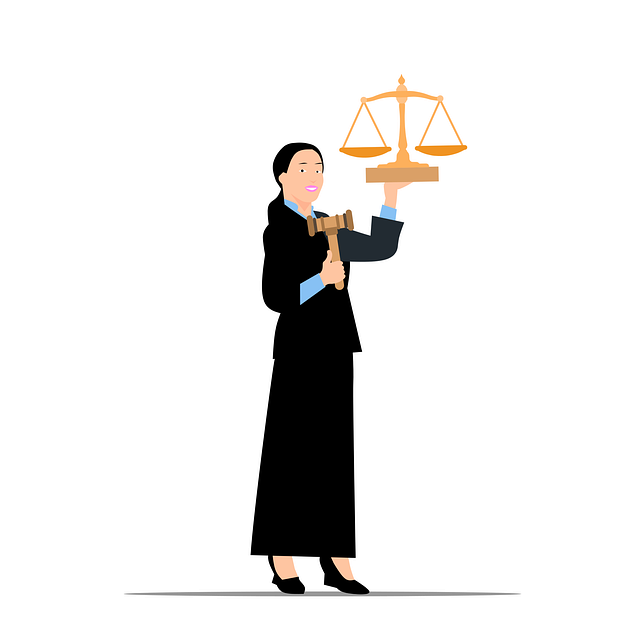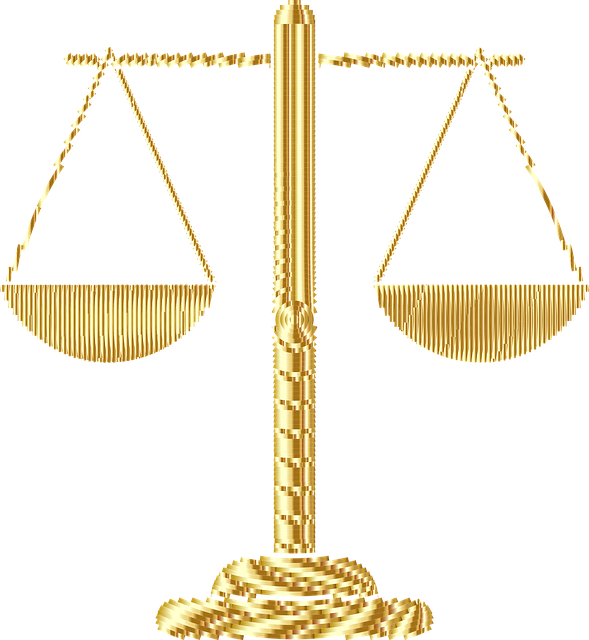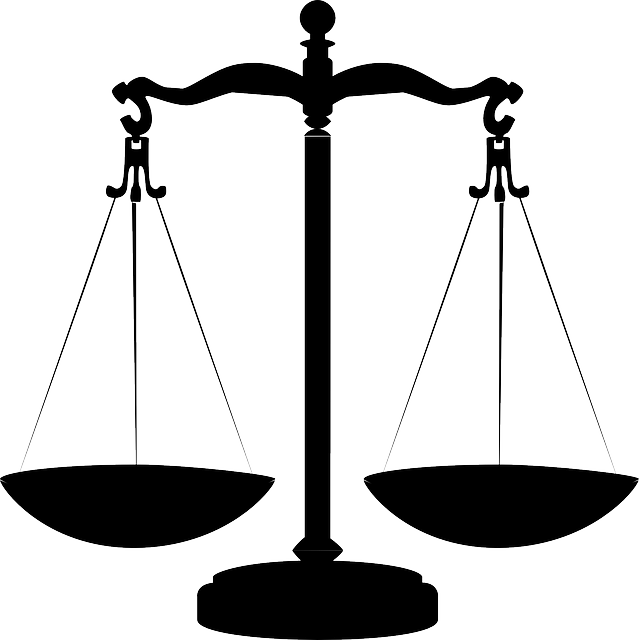Determining car accident fault requires meticulous scrutiny of all relevant factors, a common mistake being misinterpretation of evidence and testimonies due to incomplete knowledge or conflicting accounts. To prevent this, investigators and attorneys must critically analyze evidence, corroborate testimony, consult experts, and consider various aspects like environmental conditions, vehicle maintenance, driver behavior, and pre-existing circumstances. This comprehensive approach ensures justice across diverse cases, including elder abuse, wrongful death, and product liability. In auto accidents, accurately assessing fault also demands attention to speed, road conditions, weather, medical negligence, and long-term repercussions to avoid unjust blame allocation and secure fair outcomes for victims.
In the intricate process of fault determination, especially in car accident cases, mistakes can have profound consequences. This article explores three common pitfalls that can lead to unjust outcomes: misinterpreting evidence and testimonies, neglecting to consider all relevant factors, and accurately assessing liability in car accidents. By understanding these errors, legal professionals can navigate complex scenarios more effectively, ensuring fair resolutions for all parties involved.
- Misinterpreting Evidence and Testimonies
- Neglecting to Consider All Relevant Factors
- Inaccurate Assessment of Liability in Car Accident Fault Cases
Misinterpreting Evidence and Testimonies

In car accident fault determination cases, one of the most common mistakes is misinterpreting evidence and testimonies. This can stem from a variety of factors, including an incomplete understanding of the legal standards involved or a failure to consider all relevant information. For instance, witnesses may offer conflicting accounts, and physical evidence might be interpreted differently by various experts. To avoid these pitfalls, it’s crucial for investigators and attorneys to approach each piece of evidence critically, corroborating testimony where possible, and consulting with qualified professionals who can provide expert opinions based on the available data.
Misinterpretation can also lead to severe consequences in cases that go beyond car accidents, such as elder abuse or wrongful death claims. In these complex scenarios, misreading evidence might result in an inaccurate apportionment of fault or a failure to identify liable parties. Even in product liability cases, where the cause-and-effect relationship between a defective product and harm can be clearer cut, misinterpretation can hinder the pursuit of justice. Therefore, meticulous attention to detail and a comprehensive understanding of legal principles are paramount to ensuring fair outcomes for all involved.
Neglecting to Consider All Relevant Factors

In car accident fault determination cases, a common pitfall is neglecting to consider all relevant factors. Often, investigators and parties involved rush to conclusions based on initial observations or limited evidence. This can lead to an incomplete picture of what transpired, potentially assigning blame unfairly. To avoid this mistake, it’s crucial to examine every aspect of the incident, including environmental conditions, vehicle maintenance, driver behavior, and any pre-existing circumstances that might have contributed to the accident. A thorough evaluation ensures a more just and accurate assessment of fault.
Partnership disputes can also echo similar issues, where parties fail to weigh all available facts. This is not unlike homeowner insurance claims, where policyholders sometimes overlook crucial details that could affect their claim’s validity or settlement. Whether it’s a car accident, partnership dispute, or insurance claim, a comprehensive review of relevant factors is essential for reaching a fair and informed decision.
Inaccurate Assessment of Liability in Car Accident Fault Cases

In car accident fault cases, one of the most common mistakes is an inaccurate assessment of liability. This often occurs when parties involved fail to consider all relevant factors and evidence. Each car accident is unique, with its own set of circumstances that contribute to the outcome. A thorough examination should include but is not limited to speed, road conditions, weather, driver attention, and any mechanical issues with the vehicles. Neglecting these details can lead to an unfair distribution of blame.
Moreover, medical malpractice or negligence in treating auto accident injuries can further complicate matters. It’s crucial for investigators and attorneys to evaluate not just the immediate causes but also the long-term effects and the quality of care provided by medical professionals. Inaccurate liability assessments not only impact the outcome of legal cases but also delay justice and compensation for victims suffering from auto accident injuries, including medical negligence.
Determining fault in car accidents is a complex process, and all too often, common mistakes cloud the outcome. Misinterpreting evidence and testimonies can lead to inaccurate assessments of liability, especially when crucial factors are overlooked. By understanding these pitfalls, legal professionals can ensure more precise fault determination, ultimately delivering just outcomes for all parties involved in car accident fault cases.






